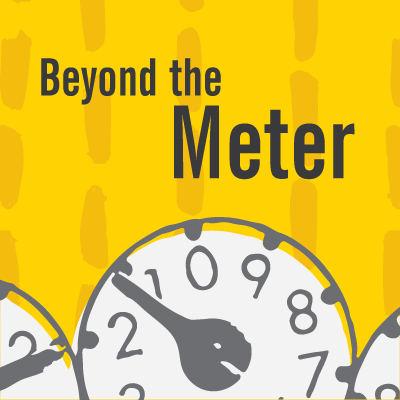Getting the Green Light Workbook: A Guide to Getting Your Energy Projects Approved
The key often lies in making a strong business case that resonates with executive leadership.
In this companion workbook to our Getting the Green Light e-book, we’ll help you create a straightforward game plan for getting your energy projects approved.
Guiding you through questions and helpful tips to keep in mind when seeking internal buy-in, this workbook will help you:
- Evaluate previous energy proposals and identify key decision-makers
- Build your business case
- Draft a project brief that clearly defines the scope and design of your proposed project
- Write a project pitch to key stakeholders
- Prepare for your presentation to leadership
Fill out the form below to download your free copy of the Getting the Green Light workbook and learn how you can give your energy project the best chance at approval.
Join a Free “Getting the Green Light” Virtual Workshop
As part of our Hallway Track event series, we at Duke Energy Sustainable Solutions are putting together small group virtual workshops on how to get internal approval for energy projects. Each workshop will have a moderator with experience helping customers build internal consensus and taking the pressure out of project pitches.
The workshop will expand on the information in the “Getting the Green Light” e-book, and include peer discussion and problem-solving for your project specific challenges.
Stay tuned for workshop dates and times. By selecting Yes below, your information will be added to our workshop mailing list. We’ll contact you as soon as sessions open for registration.
Getting the Green Light Workbook: A Guide to Getting Your Energy Projects Approved
Request the workbook here.



